Universal dry mix: types and applications
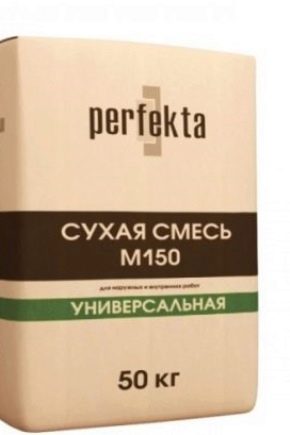
Dry mixes have a fairly wide range of applications. They are mainly used for construction work, in particular for interior or exterior decoration of buildings (screed and floor masonry, exterior cladding, etc.).

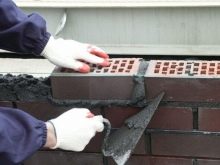
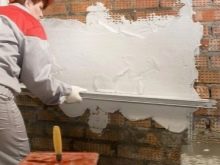
Varieties
There are several types of dry mixes.
- M100 (25/50 kg) - cement-sand, necessary for plastering, putty and initial preparation of walls, floors and ceilings for further work, produced in bags of 25 or 50 kilograms.
- M150 (50 kg) - universal, presented in various forms, suitable for almost any finishing and preparatory work, produced in a form of 50 kilograms.
- M200 and M300 (50kg) - sand-concrete and cement-laying, suitable for almost all types of finishing and for a number of construction works, sold in bags with a volume of 50 kilograms.
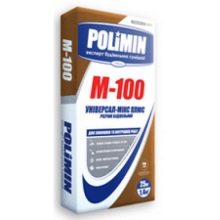

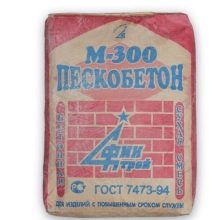
Dry building mixes bring huge benefits and savings for consumers, because it is enough to buy several bags of such a mix, and they will replace several types of other finishing agents. Also, the advantages of these products include their long shelf life. You can use only part of the contents of the bag, and leave the rest of the composition for future work. This residue will be stored for quite a long time without losing its qualities.
An important advantage of the mixtures is their environmental friendliness.
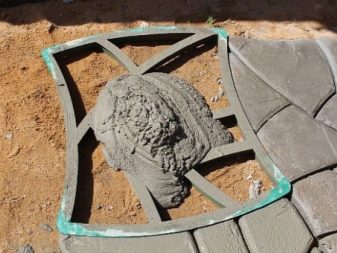
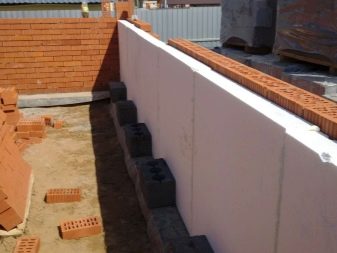
Materials made in accordance with GOST are absolutely safe, therefore they are used in any premises, including in places where children are.
M100
This tool, intended for plastering and puttying, is not suitable for external cladding, but it has all the qualities of dry mixes and is a fairly practical tool.
The price for this type of material is low, while it fully pays off.
The cement-sand mortar is applied to a dry and even surface by hand. All proportions indicated on the package must be observed. This is necessary in order for the mixture to have all the necessary properties that persist for two hours after the preparation of the solution.
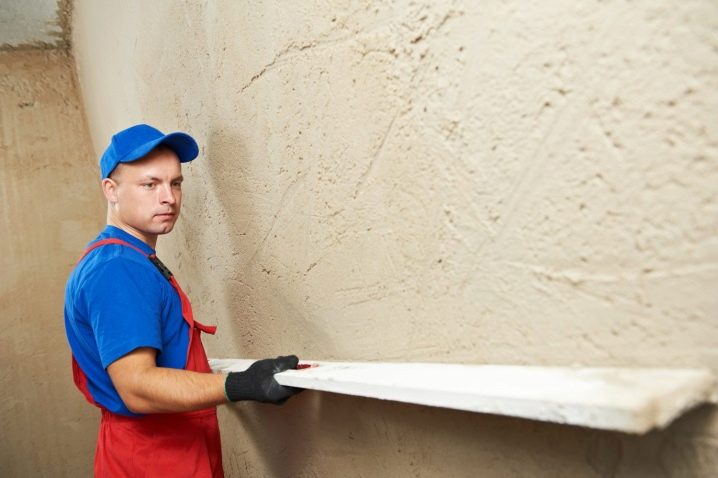
M150
The most popular type of building mixtures is lime-cement-sand. It has a huge range of uses (from carrying out the putty process to concreting surfaces). In turn, the universal mixture is divided into several subspecies.
- Cement... In addition to the main components, this product contains special sand, polystyrene granules and various additives to make it water-resistant. A feature of this type is also the ability to retain heat.
- Cement-adhesive... Additional means of this subspecies are glue, plaster and specialized fibers. This mixture does not crack after drying and repels water well.
- Cement glue for various types of tiles, it is also a subspecies of a universal mixture, only unlike other varieties, it contains many more various additives, which gives it all the properties of glue.

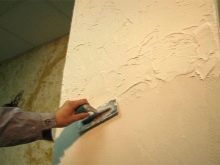
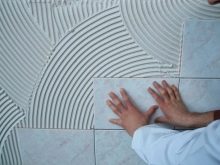
The price of a dry universal mixture varies depending on the manufacturer, but in any case, the purchase of such a product will cost you significantly less than the purchase of several other types of mixtures that are used only for a narrow range of works. Therefore, experts advise buying a product with a margin, because if necessary, it can be left for the next stage of the workflow. Store bags in a cool and dry place.

Preparing a solution is a fairly simple process:
- First, you need to roughly calculate the required amount of mixture for one use. Do not forget that in a diluted form, such a solution can only be stored for 1.5-2 hours.
- Then you need to prepare water at about +15 degrees temperature. The solution is induced in the following proportions: 200 ml of water per 1 kg of dry mixture.
- The mixture should be gradually poured into water, while mixing the liquid with a drill with a nozzle or a specialized mixer.
- Let the solution stand for 5-7 minutes and mix again.
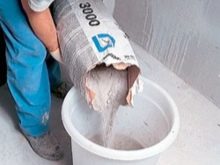
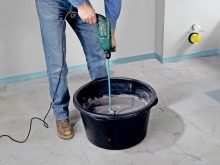
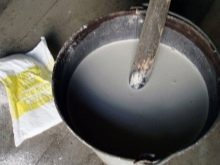
When applying the ready-made solution, it is necessary to take into account some of the nuances:
- Work should be carried out in prepared conditions, in relatively dry air. Application is carried out only on a flat surface without cracks.
- The composition is applied with a special spatula.
- After applying each layer, it must be leveled and rubbed, and then let it "fizzle out", after which the next layer is already applied.
- The top layer must be especially carefully processed and rubbed, and then allowed to dry for a day. After that, it will be possible to carry out various types of work on top of it.

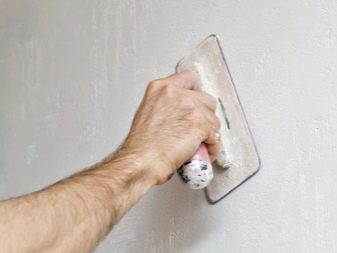
M200 and M300
The M200 mixture is used for the manufacture of props, retaining ladders and walls, for pouring floor screeds. Coarse-grained subspecies of the product are also used as masonry material to create sidewalks, fences and areas. This type of mixture is characterized by frost resistance and high strength.
Basically, M200 is only used as an exterior decoration product. This material has a low cost, usually it is at about the same level as in the previous species. This solution is very simple to use.
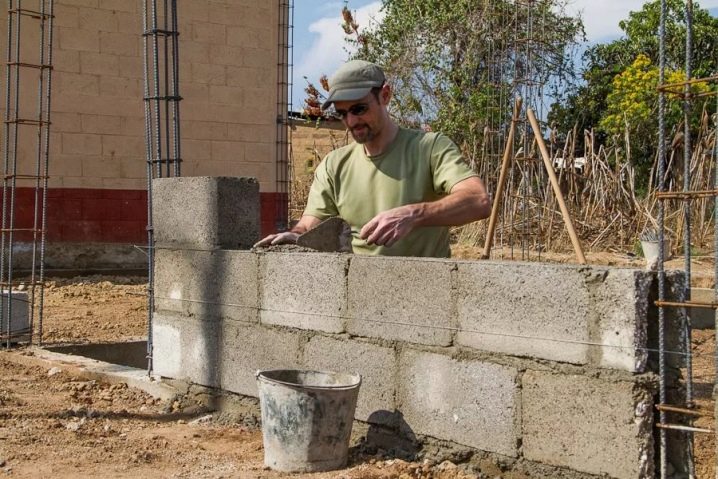
The peculiarity of applying such a solution is that the surface must be very well moistened. When stirring the composition, it is advisable to use a concrete mixer, since this agent is quite thick, and it is very difficult to stir it by hand. The service life of this type of ready-mix also differs from those presented earlier. It is one and a half hours. Then the solution begins to harden, and it is no longer possible to use it.
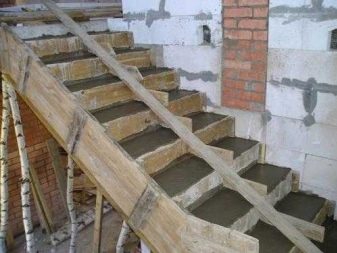
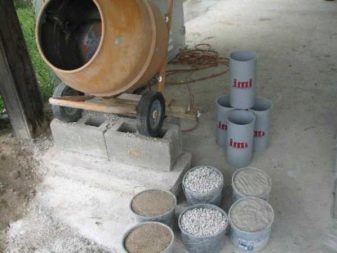
The M300 is, in fact, a versatile blend too. It is used in various construction works, but its main function is the manufacture of foundations and concrete structures from sand concrete. This mixture has the highest strength. Also, this material differs from others in the possibility of self-alignment. In addition, it hardens much faster than other types of products.
Using the M300 as a fundamental setting requires special attention and high quality workmanship. The concrete should be applied in several layers using a reinforcing mesh.
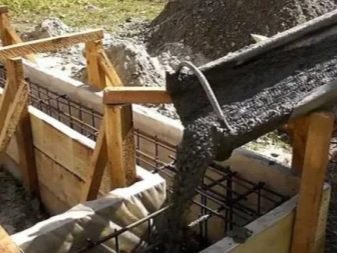
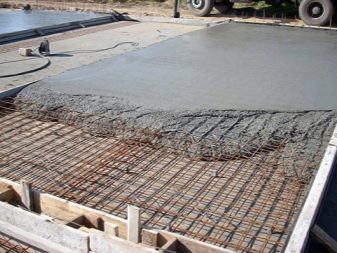
Conclusion
Considering the above, it is not difficult to choose the required type of dry mix for construction work. It is necessary to dilute and use the products strictly in accordance with the manufacturer's instructions.
When using any kind of mixture, you must observe safety measures... Work must be done with face and hands protected. If one or another part of the body is damaged, an urgent need to consult a doctor.
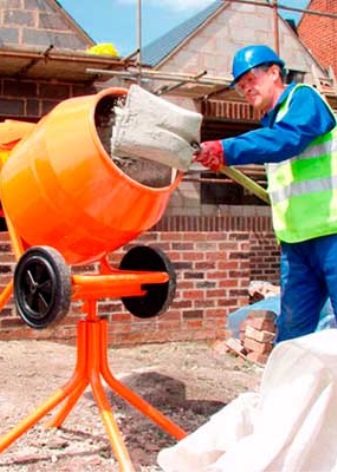

How to level the wall with dry cement-sand mixture M150, see below.













The comment was sent successfully.